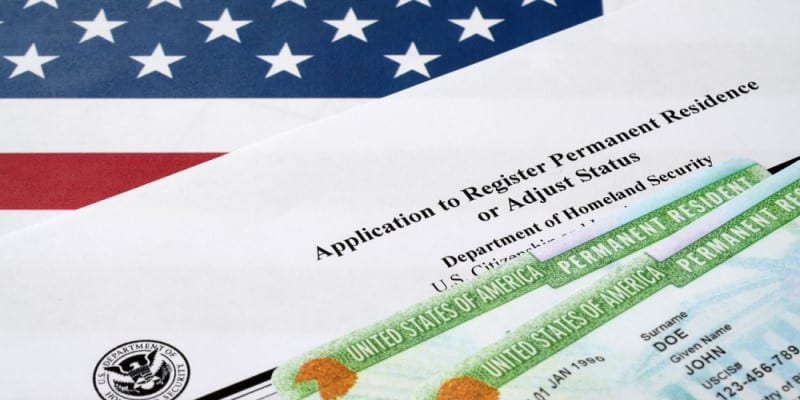
The landscape of U.S. immigration is evolving, and the processing of I-485 applications for adjusting the status of foreign applicants and U.S. visa holders is progressing steadily, as noted by EB-5 attorneys.
Filing the I-485 form is the second step for EB-5 applicants already residing in the U.S., following the approval of their I-526 form. This process is a vital part of the EB-5 Immigrant Investor Program, representing a key step for investors and their families in obtaining temporary residency.
Processing times and concurrent filing for EB-5
“Processing times for most adjustment of status applications remain normal compared to historical trends,” said law firm Kurzban Kurzban Tetzeli & Pratt PA in a note to clients. “Interim benefits such as work and travel permits continue to be decided quickly when based on pending adjustment of status.” They also highlighted that while in-person interviews for green cards have increased, in some cases, these interviews are still being waived.
Meanwhile, U.S. Immigration attorney Austin Kim observes an upward trend in concurrent filings for EB-5, particularly among F-1 students currently in the United States. “Even though the green card processing time is similar to the overseas consulate processing, applicants filing concurrently are able to obtain their employment authorization within 3 months of filing their I-485.”
Established by the RIA as a procedure to streamline the EB-5 application process for investors already living in the US, concurrent filing allows them to jointly file I-526 form (the EB-5 petition) and the I-485 (to adjust their status in the US) jointly. According to Kim, this procedure remains advantageous to US visa holders.
Some estimate that more than half of EB-5 investors in 2025 file concurrently and that the majority of investors are on F-1 or H-1B status.
Understanding the importance of the I-485 form in the EB-5 program
Applicants must understand that as part of the EB-5 process, the adjustment of status segment of the application has its nuances.
While the I-526 form requires the investor to prove the eligibility of the EB-5 investment and the investor’s capacity to meet the program’s requirements, the I-485 application shifts the focus primarily towards the individual applicant.
The form assesses the current legal status in the U.S. and their personal background, and includes additional requirements such as biometric services, medical examinations, and comprehensive biographical information.
Due to the personal nature of this stage of the process, investors need to dedicate significant time and effort when filing the form. The documentation required can be extensive, particularly depending on an individual’s medical history and background. Factors such as a prior criminal record, immigration violations, or personal circumstances may lead to additional scrutiny from USCIS.
EB-5 attorneys caution that processing times of this form can vary significantly based on the filing date and project category (Unreserved or set-aside). Some suggest processing may take 4 to 6 months after I-526 approval, depending on biometric submission, while others say it could extend up to 18 months. According to the USCIS website, the average processing time for 80% of employment-based visa cases is about 11.5 months.
DISCLAIMER: The views expressed in this article are solely the views of the author and do not necessarily represent the views of the publisher, its employees. or its affiliates. The information found on this website is intended to be general information; it is not legal or financial advice. Specific legal or financial advice can only be given by a licensed professional with full knowledge of all the facts and circumstances of your particular situation. You should seek consultation with legal, immigration, and financial experts prior to participating in the EB-5 program Posting a question on this website does not create an attorney-client relationship. All questions you post will be available to the public; do not include confidential information in your question.








